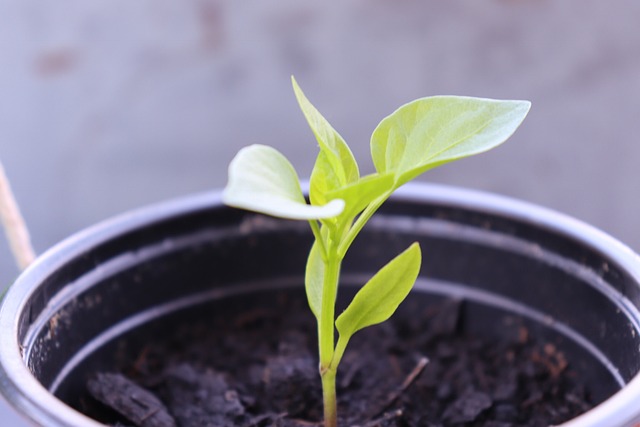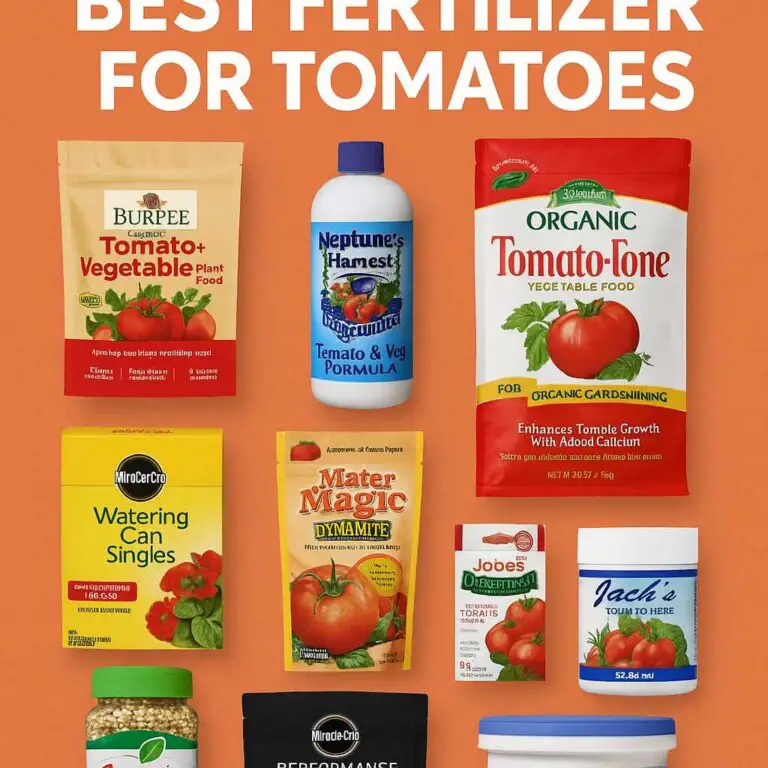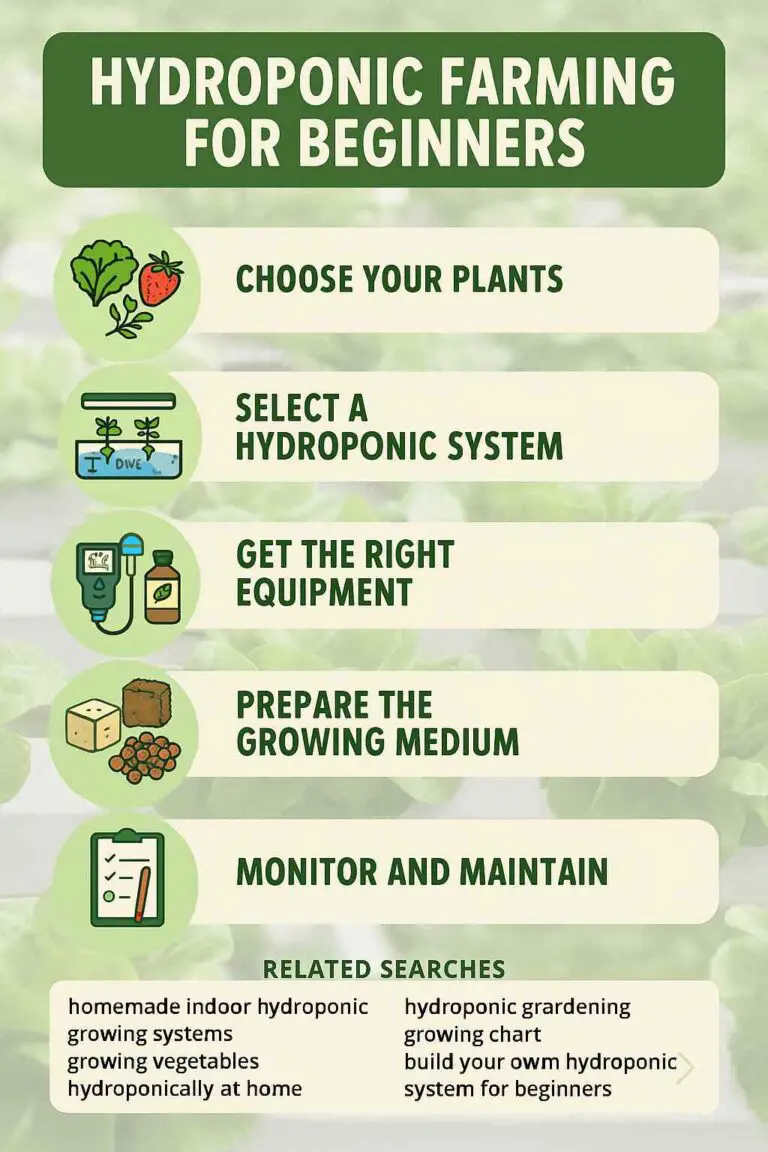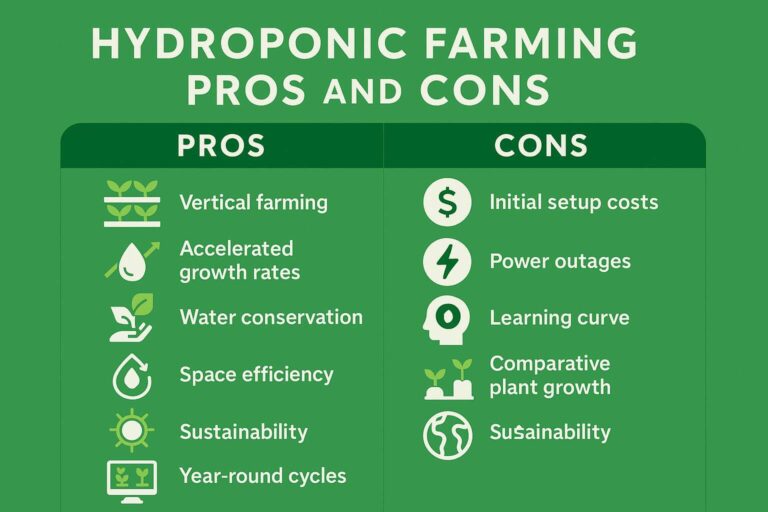As someone who’s been down the pepper planting path, I know the excitement of watching those little seeds transform into thriving plants, laden with delicious rewards. But here’s the inside scoop: timing truly is everything when it comes to planting pepper seeds. That’s why today I’ll be discussing the best time to plant pepper seeds. The best time to plant pepper seeds depends on your local climate, the type of peppers you’re growing, and whether you’re starting seeds indoors or directly in the garden.
For warm-season peppers like hot peppers and sweet peppers, the ideal time to plant seeds indoors is about 8-10 weeks before your region’s last expected frost date. This gives the seedlings enough time to grow strong before being transplanted outdoors.
If you’re planting directly in the garden, wait until all danger of frost has passed and the soil has warmed to at least 60°F (15°C). Planting too early in cold soil can stunt growth and damage young plants. Generally, this falls in late spring or early summer, depending on your location. Cool-season peppers, such as bell peppers, can be started indoors a bit earlier, about 10-12 weeks before the last expected frost. They can also be planted outdoors in late spring, but they tolerate cooler temperatures better than warm-season peppers.
In this guide, I’m going to dive into the nitty-gritty of finding that sweet spot for planting pepper seeds – from understanding the seasons to navigating regional variations. So, grab your gardening gloves, and let’s dig in to uncover the secrets of pepper planting success!
Understanding Pepper Planting Seasons
Before I dive into the specifics of when to plant those pepper seeds, let’s get a handle on the concept of planting seasons. Just like fashion trends change with the seasons, peppers also have their own rhythm when it comes to growing.
Peppers come in various flavors and heat levels, ranging from the mild sweetness of bell peppers to the fiery kick of hot peppers. Each type has its own growth patterns, but they all fall into two main categories: warm-season and cool-season peppers.
Warm-Season Peppers: These are the sun-loving peppers that thrive in the heat of summer. Think about those jalapenos and habaneros that love to soak up the sun. These peppers take their time to grow and bear fruit, requiring longer, warm days to flourish.
Cool-Season Peppers: On the other hand, we have the cool kids of the pepper world – the sweet bell peppers. These varieties prefer milder temperatures and can be grown in the cooler months, typically during spring and fall. They might not have the same heat tolerance as their warm-season counterparts, but they make up for it with their delicious sweetness.
Now, here’s where things get interesting: the timing of when you plant your pepper seeds depends on the type you’re growing and the local climate in your area. So, if you’re in a hurry to sink your teeth into those spicy peppers, or if you’re dreaming of a rainbow of sweet bells, keep reading to find out the best time to kickstart your pepper-growing adventure!
The Ideal Timing for Planting Pepper Seeds
Alright, let’s get into the juicy details – when’s the perfect time to get those pepper seeds in the ground or pots? The good news is, you’ve got a couple of options to play with, depending on your gardening style and location.
Early Spring Planting:
Imagine this: while there’s still a nip in the air, you’re already getting a head start on your pepper garden. That’s the magic of early spring planting. If you’re eager to give your peppers a head start, consider starting your seeds indoors during late winter. This gives your plants a chance to establish themselves before they face the great outdoors.
Here’s the scoop on how to do it:
- Grab your seeds, some seedling trays, and a quality seed-starting mix.
- Plant your seeds according to the packet instructions, usually a quarter-inch deep.
- Place the trays in a sunny spot or under a grow light to mimic those warm spring days.
- Keep a close eye on your little green sprouts, ensuring they’re properly watered and not getting too chilly.
Late Spring/Early Summer Planting:
If you’re more of a “let nature take its course” kind of gardener, you might lean towards planting directly in your garden when the frost danger has passed. This usually happens in late spring or early summer, depending on where you are.
Here’s how to make it happen:
- Prepare your garden bed by tilling the soil and mixing in compost for a nutrient-rich start.
- Once the weather has warmed up and frost is no longer a threat, sow your pepper seeds about half an inch deep directly in the soil.
- Make sure to space the seeds according to the recommended spacing for your pepper variety.
- Keep the soil consistently moist but not waterlogged as your seeds germinate and sprout.
Remember, peppers love warmth. So, whether you’re nurturing them indoors or giving them a taste of the great outdoors, make sure they’re getting that sun-soaked goodness they crave.
Considering Regional Variations
Now, let’s talk about something that adds a bit of spice to the planting equation – regional variations. You see, Mother Nature has a way of throwing different weather patterns and climates our way depending on where we call home. So, whether you’re in the North, South, by the coast, or up in the mountains, your pepper planting timeline might dance to a slightly different beat.
Northern Regions:
If you’re up in the northern parts, where winters can be long and chilly, your pepper planting game might start a bit later. It’s all about waiting until the frost danger has completely passed before you even think about planting those seeds outdoors. If you’re itching to get started early, indoor seed starting is your go-to move.
Southern Regions:
Down in the southern parts, where the sun seems to shine almost year-round, you have a bit more flexibility. Spring comes earlier, so you might be able to sow those seeds directly in the ground as early as late winter. Just keep an eye on the weather – those late frosts can still surprise you.
Coastal Regions:
Living near the coast comes with its own set of rules. Coastal climates tend to be more moderate, with less extreme temperatures. This means you might have a slightly longer growing season, allowing you to push the boundaries a bit when it comes to planting times. However, keep in mind the potential for coastal winds, which might require some protection for your young plants.
Mountainous Regions:
Now, if you’re in the mountains, things can get a bit tricky. Mountainous regions tend to have shorter growing seasons due to cooler temperatures and a higher chance of frost, even in the summer. In this case, you’ll want to time your planting carefully, possibly focusing more on warm-season peppers to make the most of the shorter season.
No matter where you are, paying attention to local weather patterns and frost dates is key. Keep an eye on the weather forecast and use your gardening instincts to determine when it’s safe to get those pepper seeds in the ground. Remember, nature might have its own schedule, but with a little know-how, you can work with it to grow some amazing peppers that suit your unique location.
Factors Influencing Pepper Seed Planting Time:
The pepper planting puzzle – it’s not just about the calendar, it’s about a delicate dance between nature and timing. Let’s unravel the factors that sway when you should pop those pepper seeds into the soil or pots.
Temperature Considerations:
Peppers might be spicy, but they’re not fans of the cold. Soil temperature plays a crucial role in seed germination. For warm-season peppers, you’ll want the soil temperature to be around 70-85°F (21-29°C) for optimal germination. If you’re planting cool-season peppers, aim for slightly cooler soil temperatures, around 60-70°F (15-21°C).
Daylight Duration:
Peppers are like sun worshippers – they thrive on sunlight. The length of daylight hours impacts their growth. During the shorter days of late winter and early spring, starting your seeds indoors under grow lights gives them the extra “sun” they need to grow strong and sturdy before they’re moved outside.
Frost Risk:
Frost can be the villain in your pepper-growing story. It can stunt young pepper plants’ growth or even kill them off. That’s why knowing your average last frost date is crucial. For warm-season peppers, you generally want to plant them outdoors after all frost risks have vanished. Cool-season peppers can handle a bit of cold, but it’s still best to give them a head start before the heat of summer kicks in.
Seedling Strength:
Starting your pepper seeds indoors not only helps them get a jump on the season but also gives them time to build up strength. Those indoor weeks give your seedlings a chance to develop strong roots and sturdy stems, which translates to better survival once they’re outdoors.
Microclimates:
Here’s a neat trick: your garden might have microclimates. Certain spots might warm up faster or be more sheltered from cold winds, creating mini pockets of warmth. Use these microclimates to your advantage, especially if you’re in a region with shorter growing seasons.
Personal Experimentation:
Remember, gardening isn’t just science – it’s also a bit of artistry. Experimenting with planting times can lead to unexpected successes. Maybe try planting a few seeds at different times and see what works best for your unique environment. Over time, you’ll develop your own planting rhythm that brings out the best in your peppers.
Now that you’ve got a handle on the factors that influence pepper planting times, you’re ready to make informed decisions for your garden.
Extending the Harvest Period
Bravo, pepper enthusiast! You’ve made it this far, and now it’s time to talk about a gardening trick that’s like music to your taste buds – extending the harvest period. Why settle for a pepper-packed garden for just a few weeks when you can savor those homegrown flavors for much longer? Let’s dive into the magic of succession planting and the wonders of container gardening.
Succession Planting:
Imagine this scenario: You’ve got a bumper crop of peppers, and they’re all ripening at the same time. What to do? That’s where succession planting comes to the rescue. This clever technique involves planting multiple rounds of seeds or seedlings at different intervals. This way, your harvests are spread out over weeks instead of all at once.
Here’s the game plan:
- Divide your growing space into sections.
- Plant a batch of seeds or seedlings in one section.
- After a couple of weeks, plant another batch in the next section.
- Repeat the process every few weeks to ensure a steady supply of peppers.
This not only extends your harvest window but also prevents you from being overwhelmed with too many peppers to use up or share.
Container Gardening:
Now, let’s talk about peppers in pots. Container gardening is like having a “garden within a garden.” It’s perfect for folks with limited space or those who want to have more control over their plants’ environment. The beauty of containers is that you can move them around to chase the sun or shield them from harsh weather.
Here’s how to rock container gardening with peppers:
- Choose a large enough container with good drainage.
- Fill it with a quality potting mix enriched with compost.
- Plant your pepper seedlings, following spacing recommendations for your chosen variety.
- Place the containers in a sunny spot and water regularly.
Containers can also be brought indoors when frost threatens, allowing you to extend the growing season even more.
Conclusion
In conclusion, determining the optimal time to plant pepper seeds is a blend of science, climate awareness, and gardening finesse. Planting season awareness is essential – whether it’s warm-season peppers that thrive in summer’s heat or the cool-season varieties that flourish in milder temperatures. Understanding the character of your chosen pepper type allows you to align your planting schedule with nature’s rhythm.
Remember, timing truly is everything when it comes to planting pepper seeds. Whether you’re nurturing your seeds indoors to get a jumpstart on the season or waiting patiently until the frost danger has passed, each decision you make influences the success of your pepper garden. Take into account your local climate, regional variations, and the factors that influence seed germination to make the most informed choices.
In essence, while this guide provides valuable insights and techniques, the true journey of planting pepper seeds involves hands-on experience and experimentation. Gardening is an art as much as it is a science. Embrace the process, adapt to your unique environment, and let your pepper garden become a testament to your dedication and understanding of these delightful plants.
So, as you embark on your pepper-growing adventure, remember that the best time to plant pepper seeds is not a one-size-fits-all answer. It’s a harmonious blend of knowledge, observation, and adaptation. By fine-tuning these elements, you’ll create a pepper garden that’s uniquely yours – a living testament to your gardening prowess.:
Happy planting, and may your harvests be as abundant as your enthusiasm!
Related: Best Time To Plant Tomato Seeds: A Complete Guide To Growing Tomatoes




